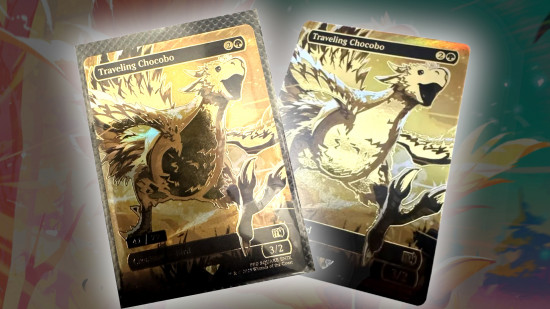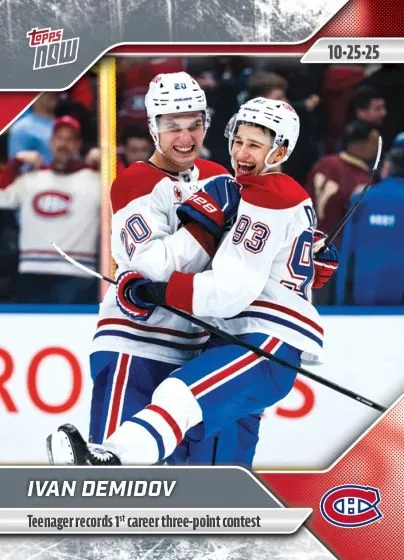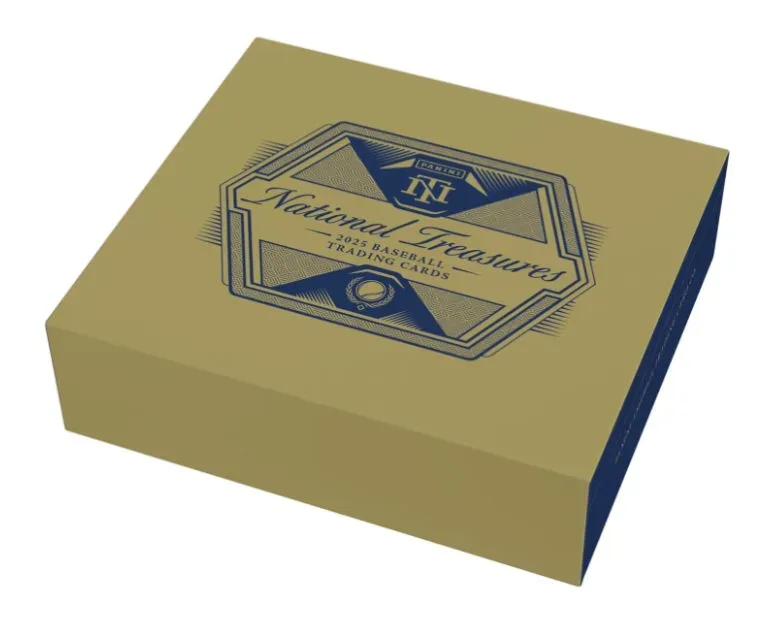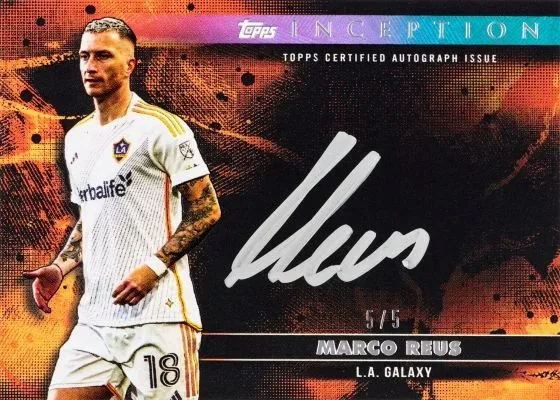Spotting Counterfeit Magic Cards: A Collector’s Guide
* We may earn a commission from purchases made through our affiliate links.

Whether you're a casual player or someone who tracks every variant of Black Lotus ever printed, one thing can ruin your day faster than a misplay—finding out your prized card is a fake. Counterfeit Magic: The Gathering cards have gotten better over time, but with a little know-how, you can stay one step ahead.
Trust Your Senses First
Texture Tells the Tale
Genuine Magic cards have a familiar matte feel—noticeably different from glossy or slick imposters. If it feels like it came from a laminated menu instead of a booster pack, it’s worth a closer look. Always compare it to a land card from the same set if you're unsure.
Light Check
Hold the card up to a flashlight. Authentic Magic cards have a signature blue core sandwiched between paper layers. Light should filter through with a soft, cool hue. Fake cards are often either too thick (blocking all light) or too thin (overly bright or washed out).
Bring Out the Loupe
A 30x magnification jeweler’s loupe is a budget-friendly powerhouse. It’s like giving your cards a lie detector test.
Rosette Pattern
Look closely at the art and text box. Real Magic cards are printed in a series of tiny, round dots forming floral-like rosette shapes. Counterfeit cards? You’ll usually see blurry dots, digital pixelation, or inconsistent grids.
The Solid Black Test
Magic’s black ink—used for names, mana symbols, and text—is laid down separately in a bold, solid layer. A fake often uses a composite black made from colored dots, which looks fuzzy under magnification.
The Infamous Green Dot "L"
On the card back, zoom in on the green mana symbol. Inside the yellow-green border, you’ll spot a red dot pattern that forms a small, upside-down "L." If it’s missing, misaligned, or just a blur, that card’s likely a dud.
New-Age Safeguards
Holofoil Stamp
Since Magic 2015, rares and mythics feature an oval hologram stamp. A legit holo should be flush with the card and contain microtext—planeswalker symbols, mana icons, etc. Fakes might look grainy, raised, or like someone peeled it off another card and slapped it on.
What Not to Do
Tearing or bending a card may reveal a blue core or pass some old-school tests, but you’re more likely to destroy a real card than uncover a fake. Modern counterfeiters have adapted. Stick to non-destructive methods.
Final Thoughts
Don’t rely on just one method—spotting a fake Magic card is all about stacking the evidence. Start with how it feels, run it through light, and grab that loupe. With practice, your detection skills will sharpen, and your collection will stay safe. Knowing what to look for makes you a smarter collector—and helps keep the game honest.











0 Comments